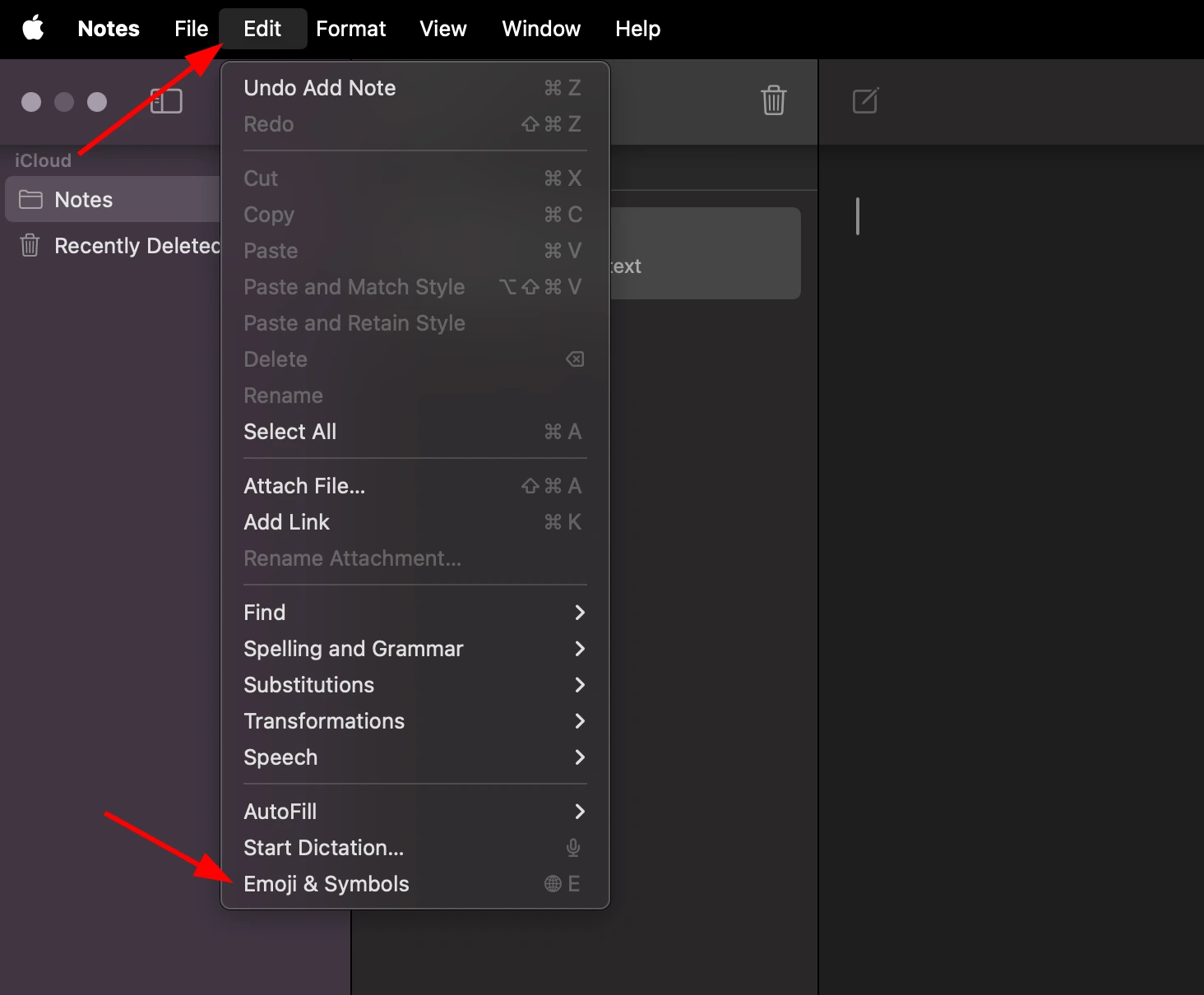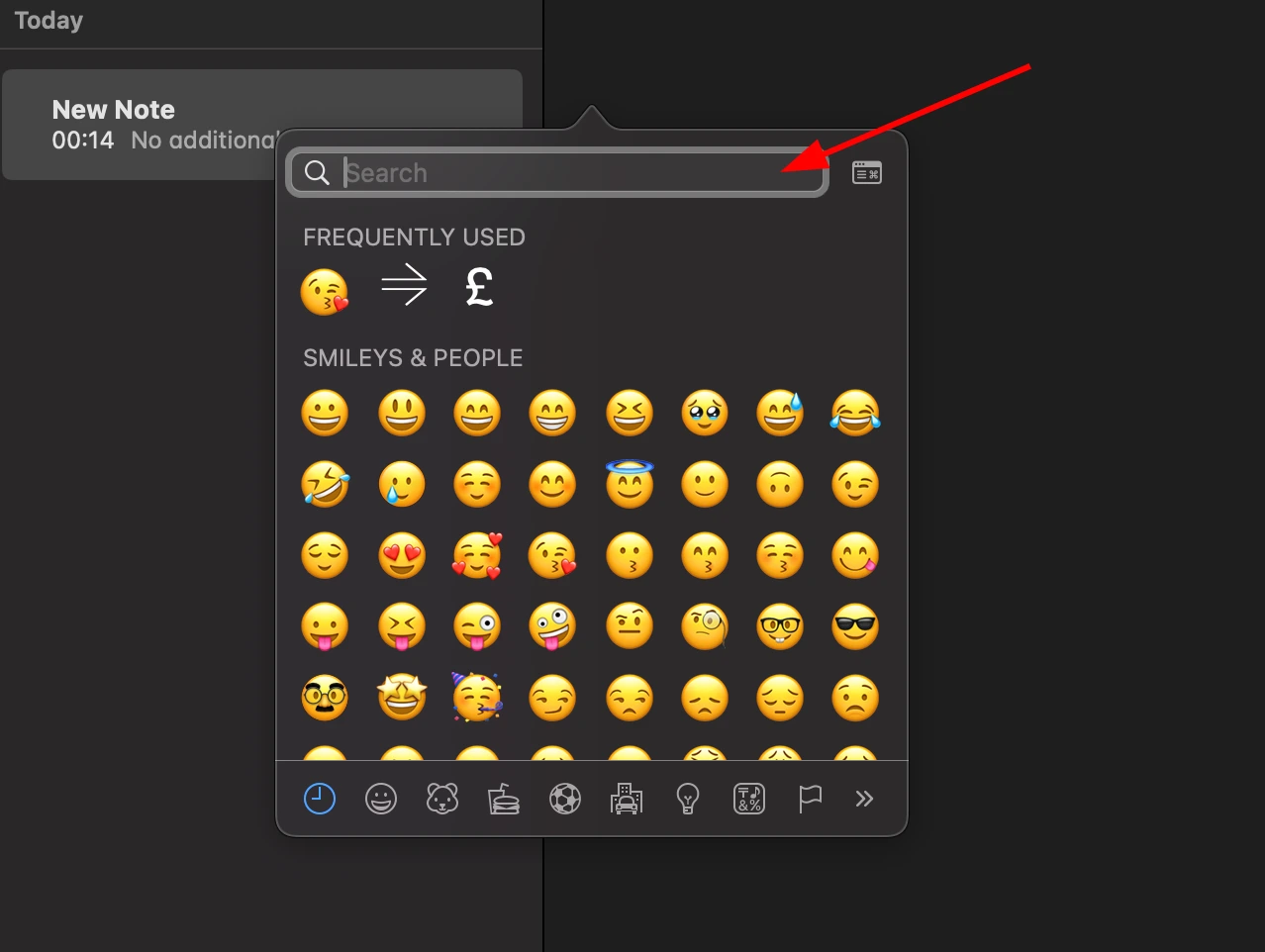End of Proof Symbol ∎
In the realm of mathematics, clarity and precision are paramount. Proof, the cornerstone of mathematical reasoning, validates the truth of statements and theorems. At the conclusion of a rigorous mathematical argument, the "End of Proof" symbol signifies a moment of certainty, marking the completion of a logical demonstration.
The Essence of Proof in Mathematics
Proofs serve as the backbone of mathematical reasoning, providing verifiable evidence and logical steps to support the validity of conjectures, propositions, or theorems. A proof elucidates the path from assumptions to conclusions, ensuring an irrefutable foundation for mathematical truths.
The Symbol: ∎ or QED
The "End of Proof" symbol takes various forms across mathematical literature. The most commonly recognized symbols are "∎" (a small square) and "QED" (an abbreviation for the Latin phrase "Quod Erat Demonstrandum," which translates to "which was to be demonstrated").
The Purpose: Signifying Completion
The inclusion of the "End of Proof" symbol in mathematical arguments denotes the conclusion of a proof. It serves as a visual cue, indicating that all necessary steps have been presented and that the stated proposition or theorem has been adequately demonstrated.
Usage and Variations
While "∎" and "QED" are the classic symbols used to denote the end of a proof, variations exist based on cultural and authorial preferences. Some writers might employ other symbols or phrases to mark the conclusion of their proofs, maintaining the tradition of indicating the completion of a mathematical argument.
Symbolic Representation in Document Formats
In typesetting mathematical content, the "End of Proof" symbol finds its place in various document formats. In LaTeX, a typesetting system widely used for technical and scientific documents, the command \qed is employed to insert the "∎" symbol at the end of a proof.
Meaning Beyond Mathematics
The significance of the "End of Proof" symbol transcends mathematical discourse. Its usage has permeated into other domains, symbolizing the completion or resolution of arguments, not just within mathematics but in philosophical, scientific, and even colloquial discussions.
Conclusion
The "End of Proof" symbol stands as a testament to the rigor and completeness of mathematical arguments. Its inclusion signifies not just the end of a proof but also a moment of mathematical certainty—a demonstration of truth rooted in logic and reason.
In the vast landscape of mathematical inquiry, the "End of Proof" symbol remains a small yet powerful symbol, encapsulating the essence of mathematical reasoning and the pursuit of certainty.
Copy to Clipboard
End of Proof Symbol Information
| Symbol Name | End of Proof |
| Unicode Version | 1.1 (June 1993) |
| Unicode | U+220E |
| CSS Code | \220E |
| Hex Code | ∎ |
| HTML Code | ∎ |
End of Proof Symbol Encoding
| UTF-8 | 0xE2 0x88 0x8E |
| UTF-16 | 0x220E |
| UTF-32 | 0x0000220E |
Table of contents
- End of Proof PNG and SVG files
- How to type end of proof on Microsoft Word
- How to type end of proof on Microsoft Windows
- How to type end of proof on Mac OS
- How to type end of proof on Linux
- How to type end of proof on IOS and Android
- How to use end of proof in CSS
- How to use end of proof in HTML
- End of Proof representation in programming languages
End of Proof symbol's PNG and SVG files
How to add end of proof symbol via keyboard on different Operating systems
You can type the end of proof on most modern devices with the help of following methods:
How to type end of proof symbol on Microsoft Word
You can type the end of proof on microsoft Microsoft Word using steps mentioned below:
- Place your cursor in the text area where you need to insert the symbol and type 2 2 0 E
- Without moving the cursor press keys Alt + x together
- The original 2 2 0 E is now transformed into ∎
How to type end of proof symbol on Microsoft Windows
You can type the end of proof on Microsoft windows using following steps:
- Hold Alt and press to type end of proof on your windows machine.
How to type end of proof symbol on Mac OS
You can type the end of proof on Mac OS using following steps:
- Place your cursor in the text area where you need to insert the symbol
- Press Ctrl + ⌘ Command + ⎵ Space to bring up the Character Viewer. Alternatively, choose Edit ⇒ Emoji & Symbols
- Type “End of Proof” in the search field at the top and press Enter
- The symbol should appear. Click on it to insert it into your text


How to type end of proof symbol on Linux
You can type the end of proof on Linux using following steps:
- Place your cursor in the text area where you need to insert the symbol
- Hold ⇧ Shift + Ctrl and press the letter + U
- Press keys 2 2 0 E consecutively
- And then press ↵ Enter , the desired symbol will be added to your document
How to type end of proof symbol on IOS and Android
The easiest way to type the end of proof on ios and android is to copy and paste it wherever you need it.
How to use end of proof in CSS
span {
content: "\220E";
}
How to type end of proof in HTML
<span>∎</span>
End of Proof symbol representation in programming languages
end of proof's representation in different programming languages can be found in table below:
| Language | Representation |
| Rust | \u{220E} |
| Ruby | \u{220E} |
| Python | \u220E |
| PHP | \u{220E} |
| Perl | "\x{220E}" |
| Java | \u220E |
| Modern JavaScript - Since ES6 | \u{220E} |
| JavaScript | \u220E |
| Go | \u220E |
| C# | \u220E |
| C and C++ | \u220E |
| Bash and Zsh - inside echo -e | \u220E |
| RFC 5137 | \u'220E' |
